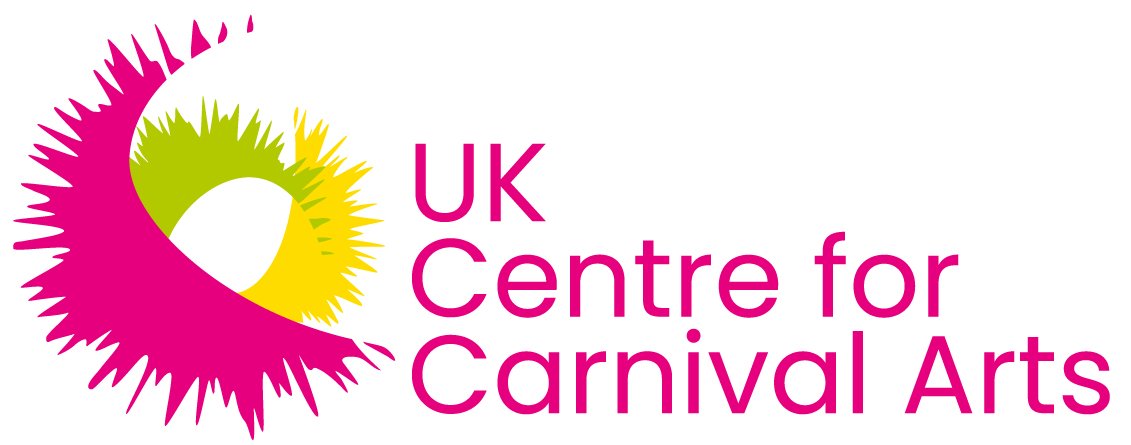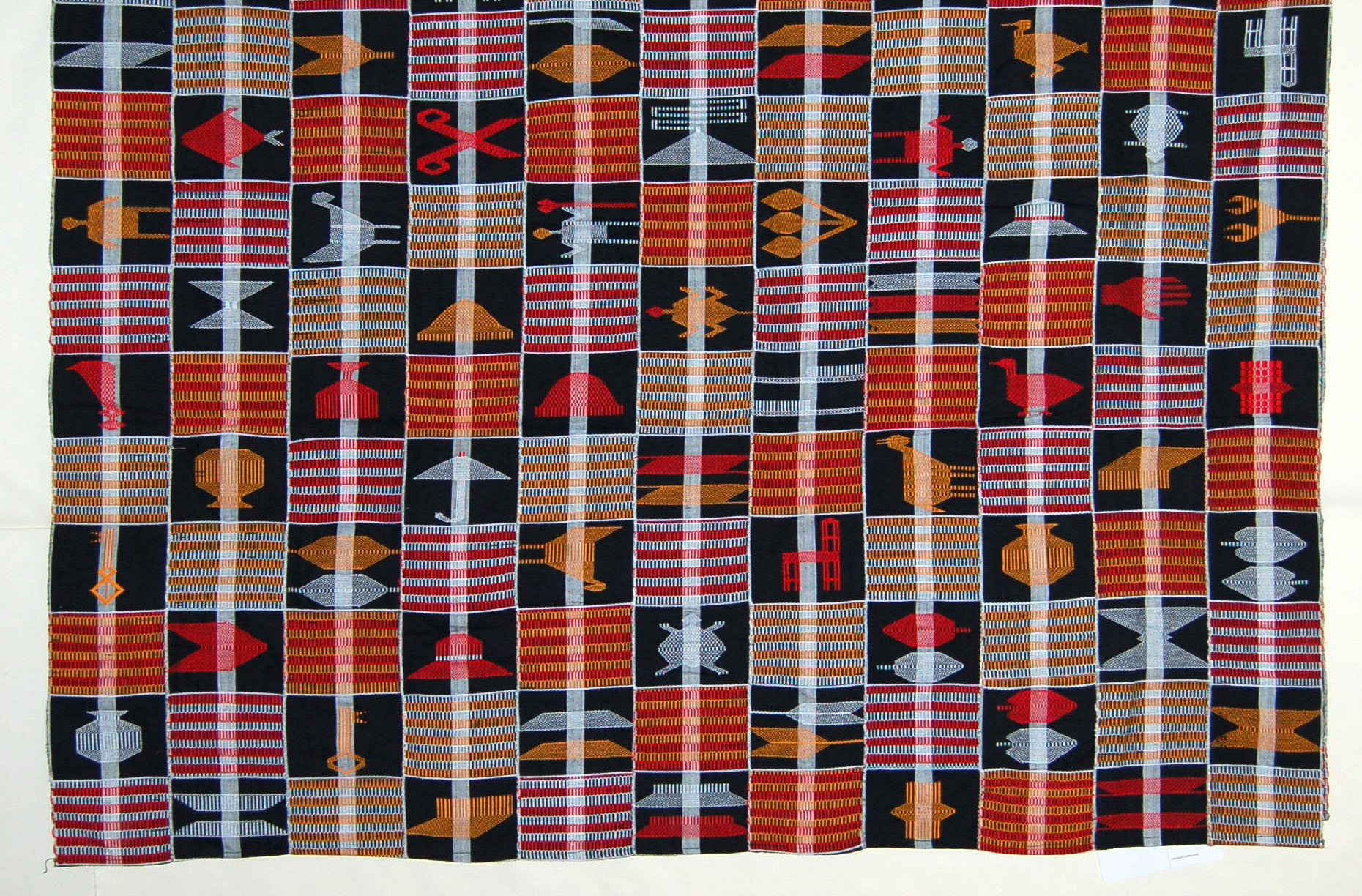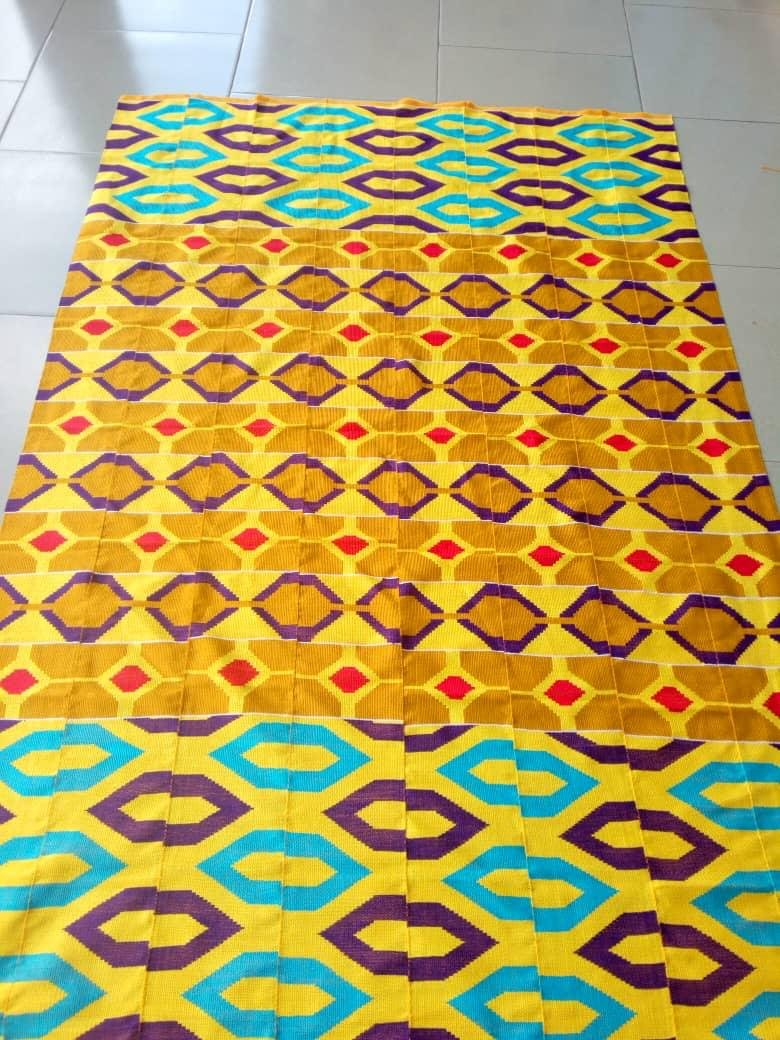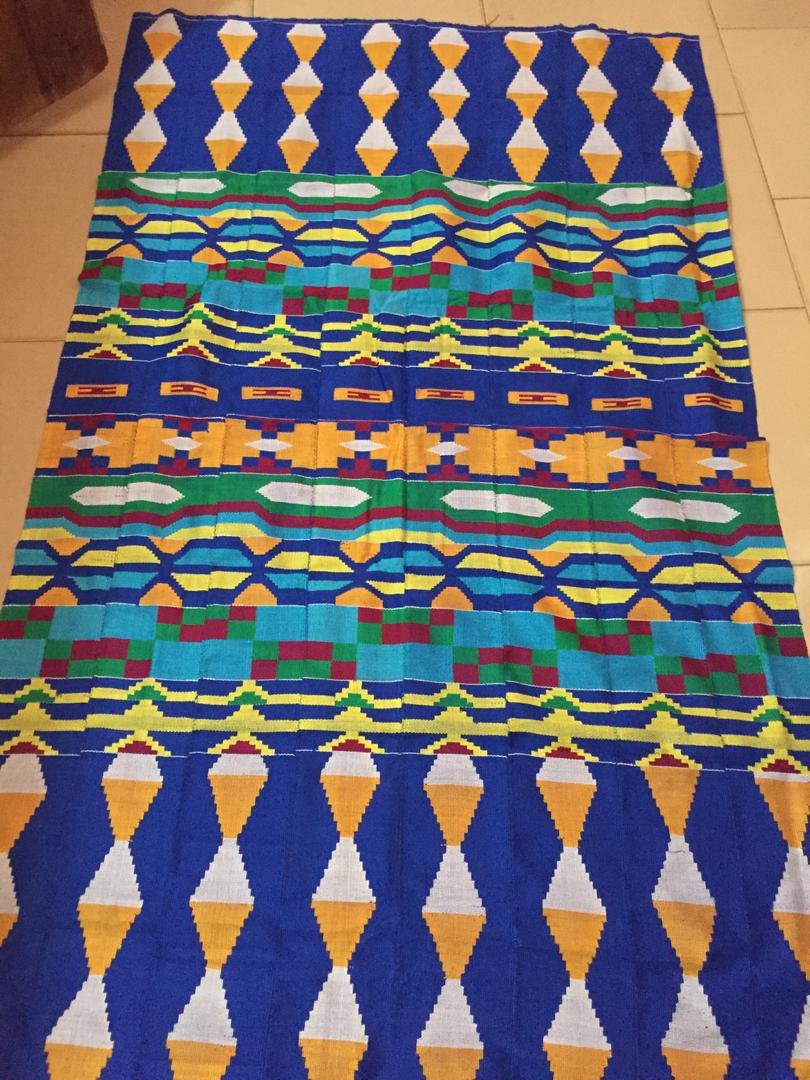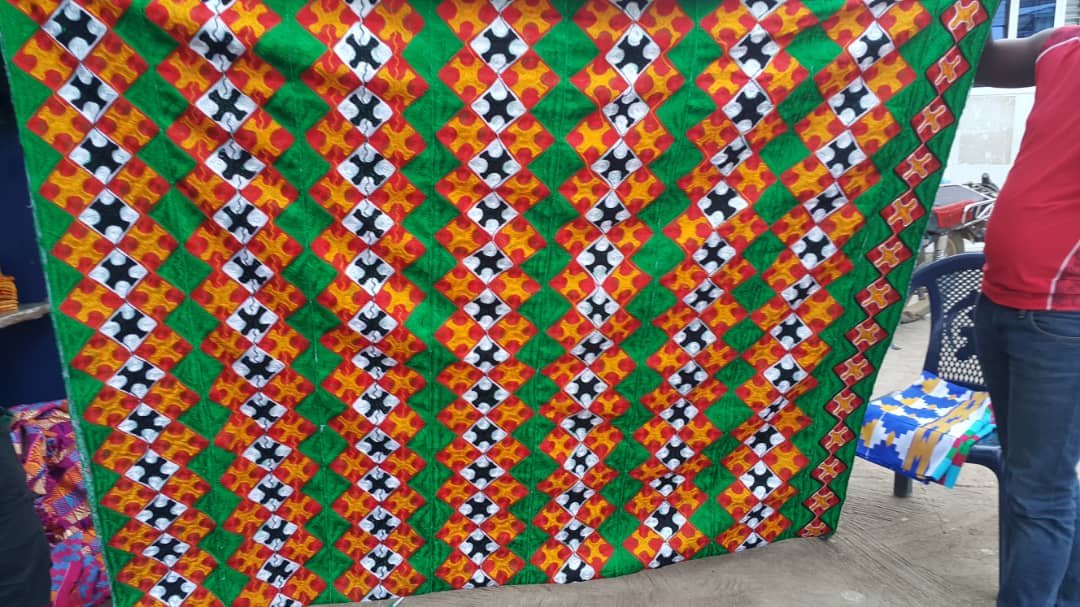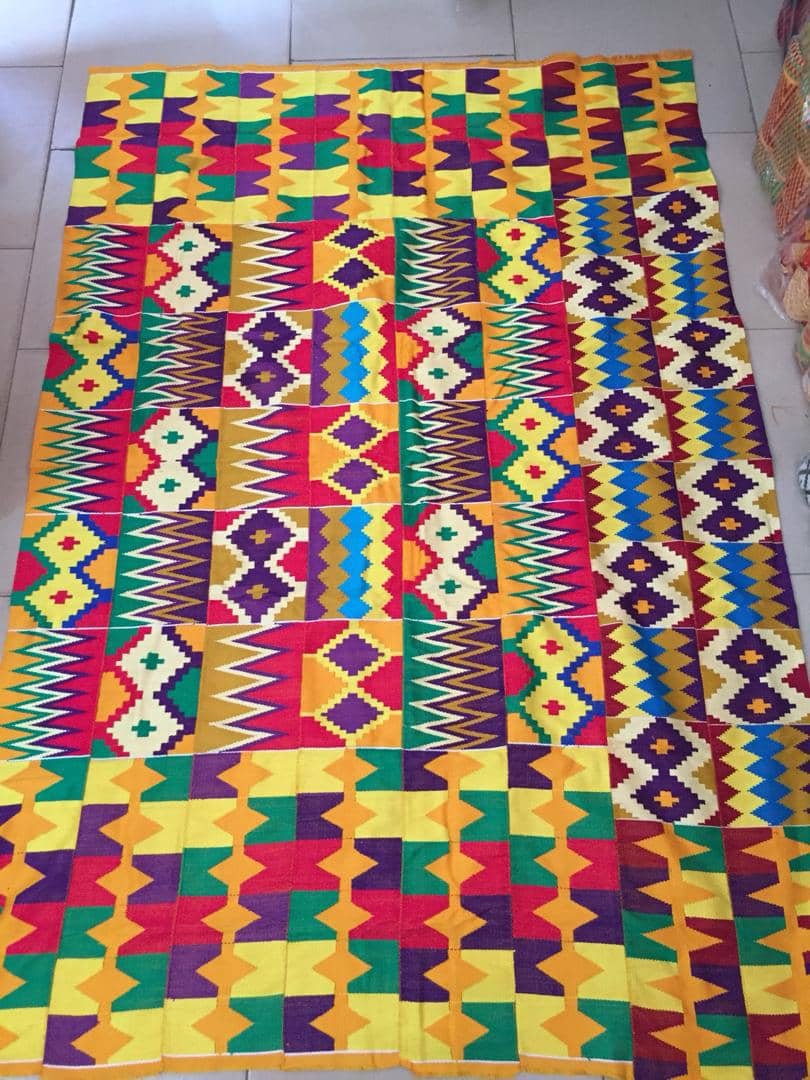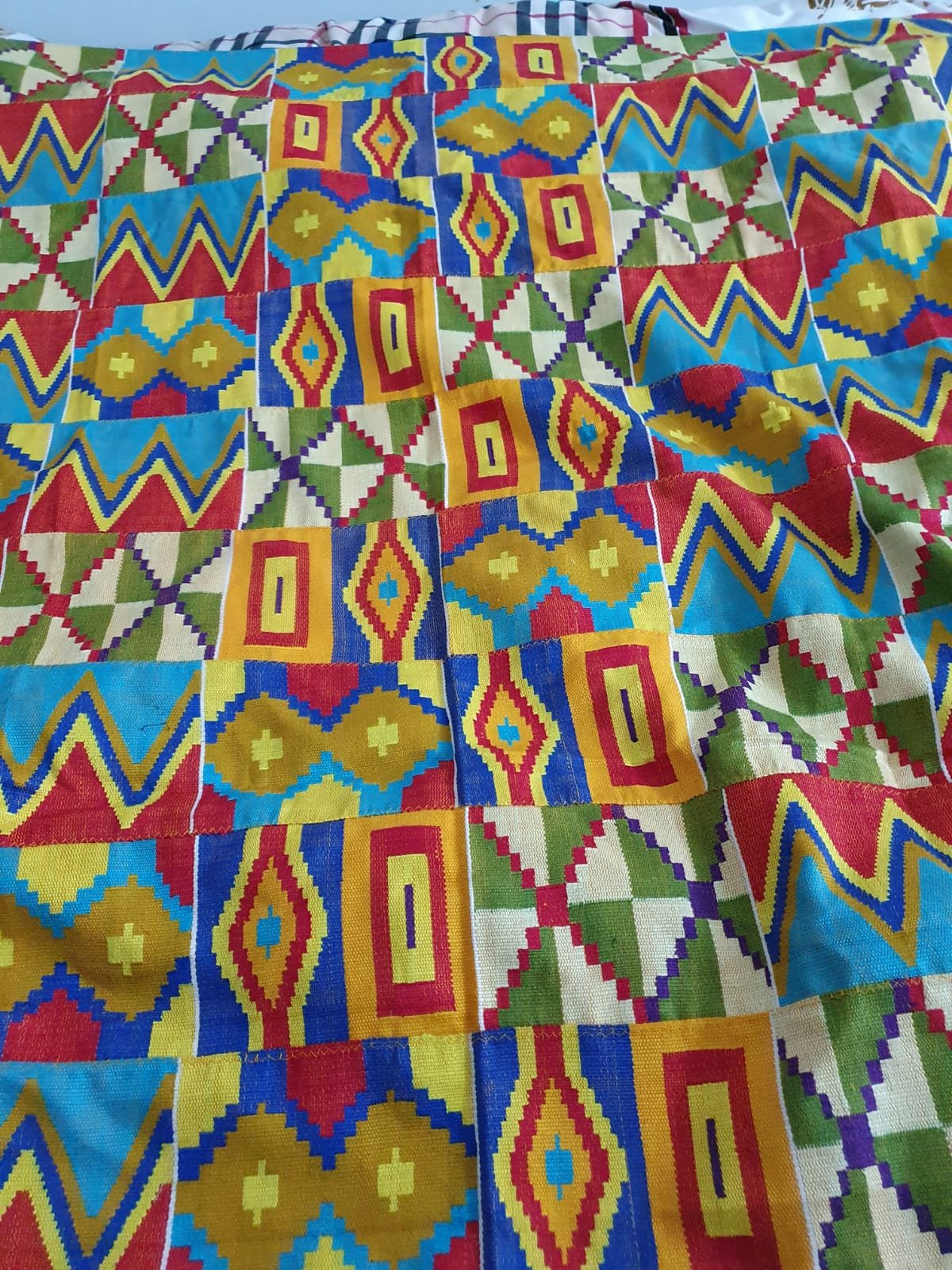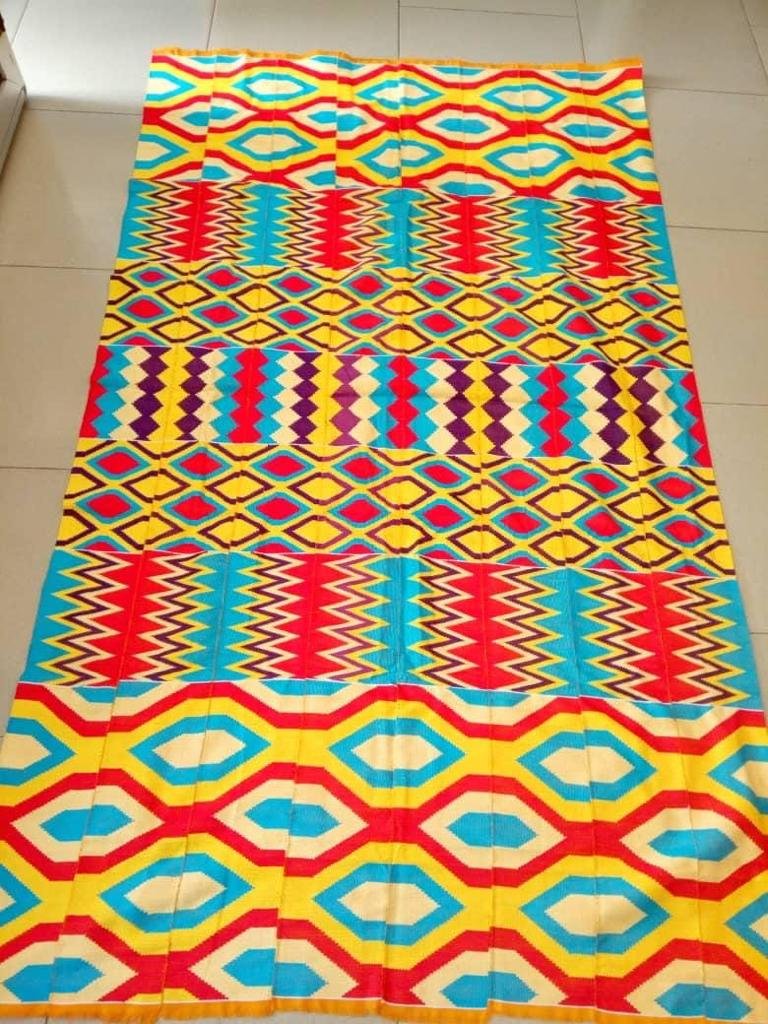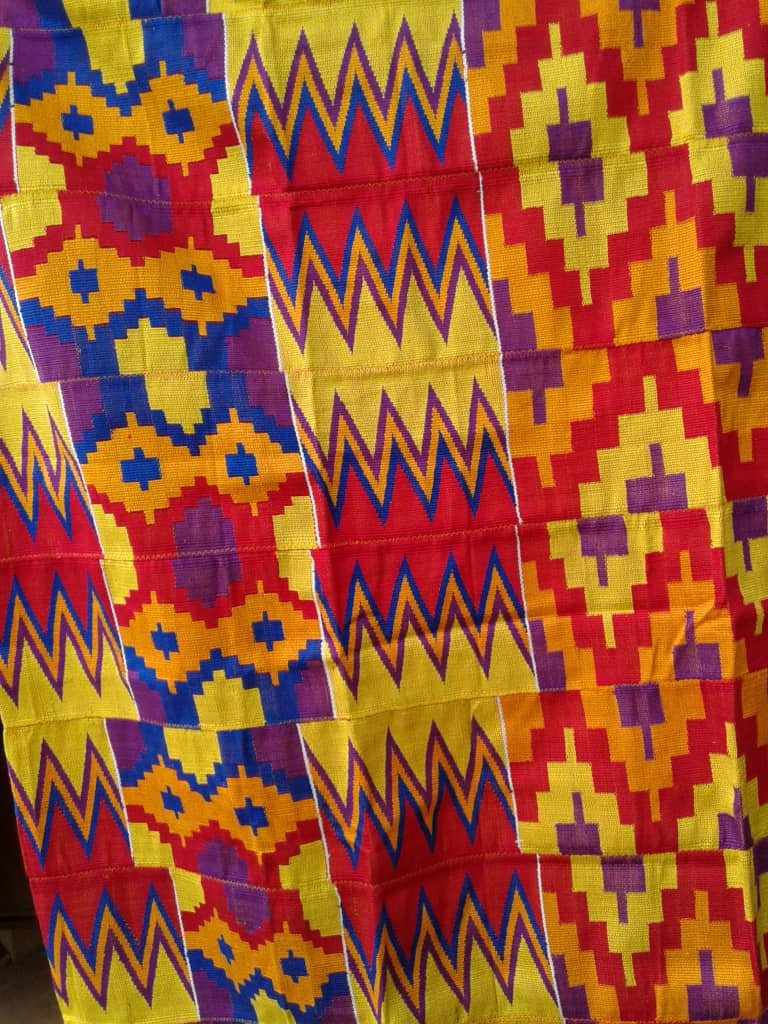Kente Cloth: The Traditional Patterns of West Africa
Kente cloth is woven cloth in a particular kind of design which is popular in Africa, and often used in some form as a representation of African culture.
Photo © The Trustees of the British Museum.
The history of Kente cloth
It first originated in Gahna, from the Akan or Ashanti people. The word Kente originates from these people and is the word for basket - which are woven in a similar way to how people weave the Kente cloth.
Around 400 years ago it was first woven with brightly coloured silks which had been brought over to Africa by Portugese traders. Because it was so expensive, it was only worn by Royalty.
Today, the cloth is woven from all sorts of other materials but if a new pattern is created, there is still a tradition that it is offered to the Royal Family first - only if they reject it can it then be used and worn by the common man.
The cloth is worn by both men and women, usually on special occasions such as weddings or festivals. The patterns and colours are different according to gender, status and region in Africa and all have different meanings.
What the colours in Kente cloth symbolise
All of the colours on the Kente cloth represents something.
Black: Maturity
Red: Death or Violence
White: Purity
Green: Energy and Growth, Harvest
Blue: Love and Peace
Yellow: Wealth, Royalty, Prosperity
Purple: Feminine, Calm, Sweet
Silver: Joy or Bliss
Grey: Healing or Cleansing
Maroon: Mother Earth
What colours would you choose for your very own Kente cloth?
The patterns also have meanings. You can find out more about what the different patterns mean here.
Usually Kente cloth is made by men and is a skill passed down through family generations. The cloth is typically woven in strips and then the strips are sewn together to make a whole piece a bit like a shawl. This shawl type garment is called ntoma and is worn by the Chiefs and Queen Mothers during ceremonial occasions. The designs also represent family units or ‘clans’.
The Mayor Of Luton. Maria Lovell is an Ashanti Queen Mother and is shown here in her ceremonial Kente shawl.
What colours can you see? What do they represent?
Find out more about what it means to be an Ashanti Queen Mother here.
Here is a special message for us from Maria Lovell, Ahanti Queen Mother and Mayor of Luton:
Greetings from the King , Queen Mother & Elders from Bonwire Ghana, the home of the rich Kente cloth
Akwaaba to our Black History Season
Another season to bring hope, strength and renewed energy for all of us as we proudly share our Black history and cultural heritage A time also to reflect on the difficult months of the pandemic we have come through and an uncertain future But let's look at the vibrant colours of the royal kente cloth like the beautiful rainbow colours, a symbol of beauty, hope and creative ingenuity to unite all of us regardless of race, religion and gender to bring all of us together and the need for unity in diversity as One people to share our history and heritage.
Medase
HRH Nana Abena Asantewaa I Maria Lovell
Mayor of Luton
Why not celebrate Black History month and try to design your very own Kente cloth pattern and colour it in with colours that fit with you and your family?
We also have here a few colouring sheet of a Kente cloth pattern you can download and colour in.
